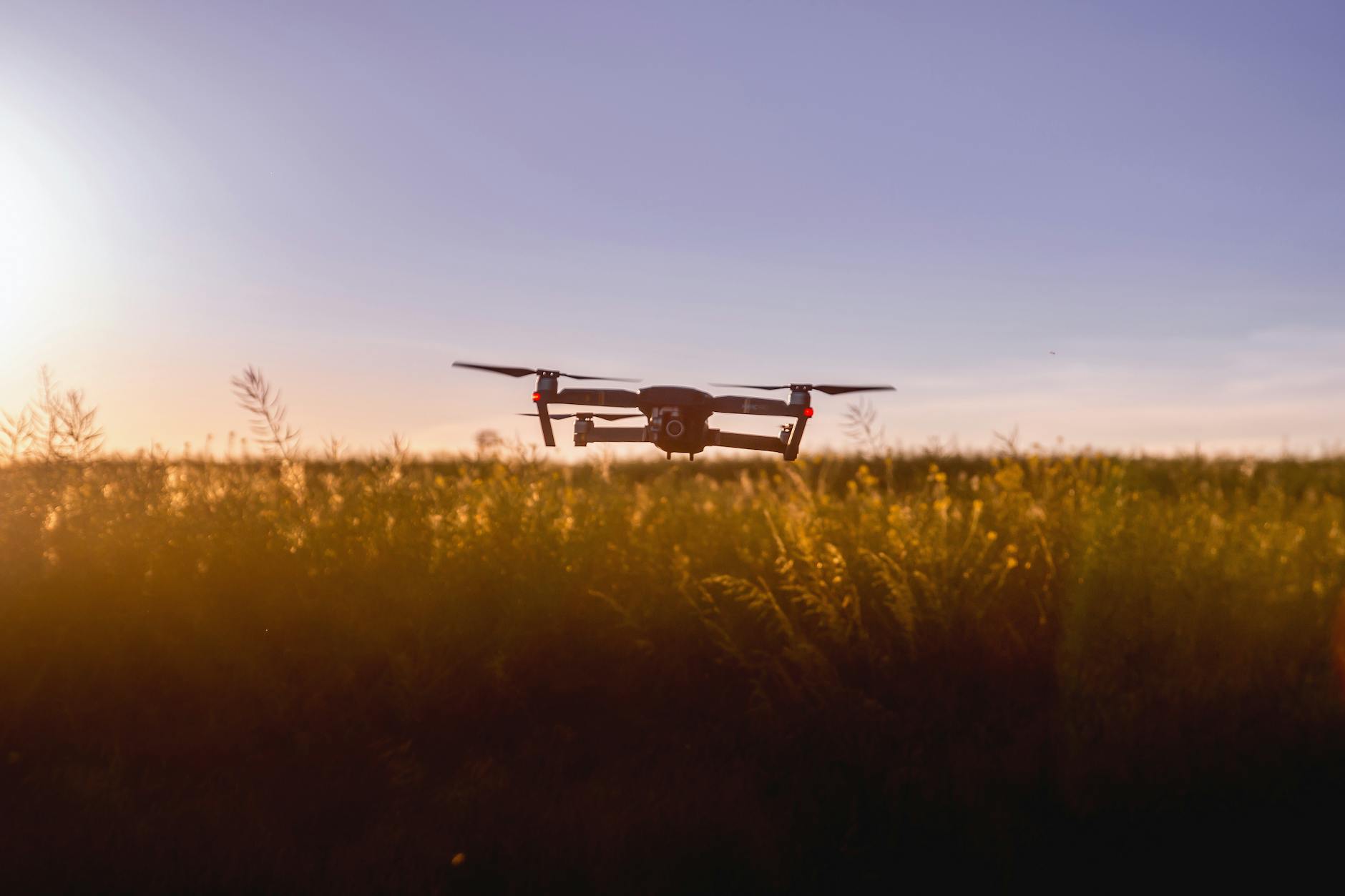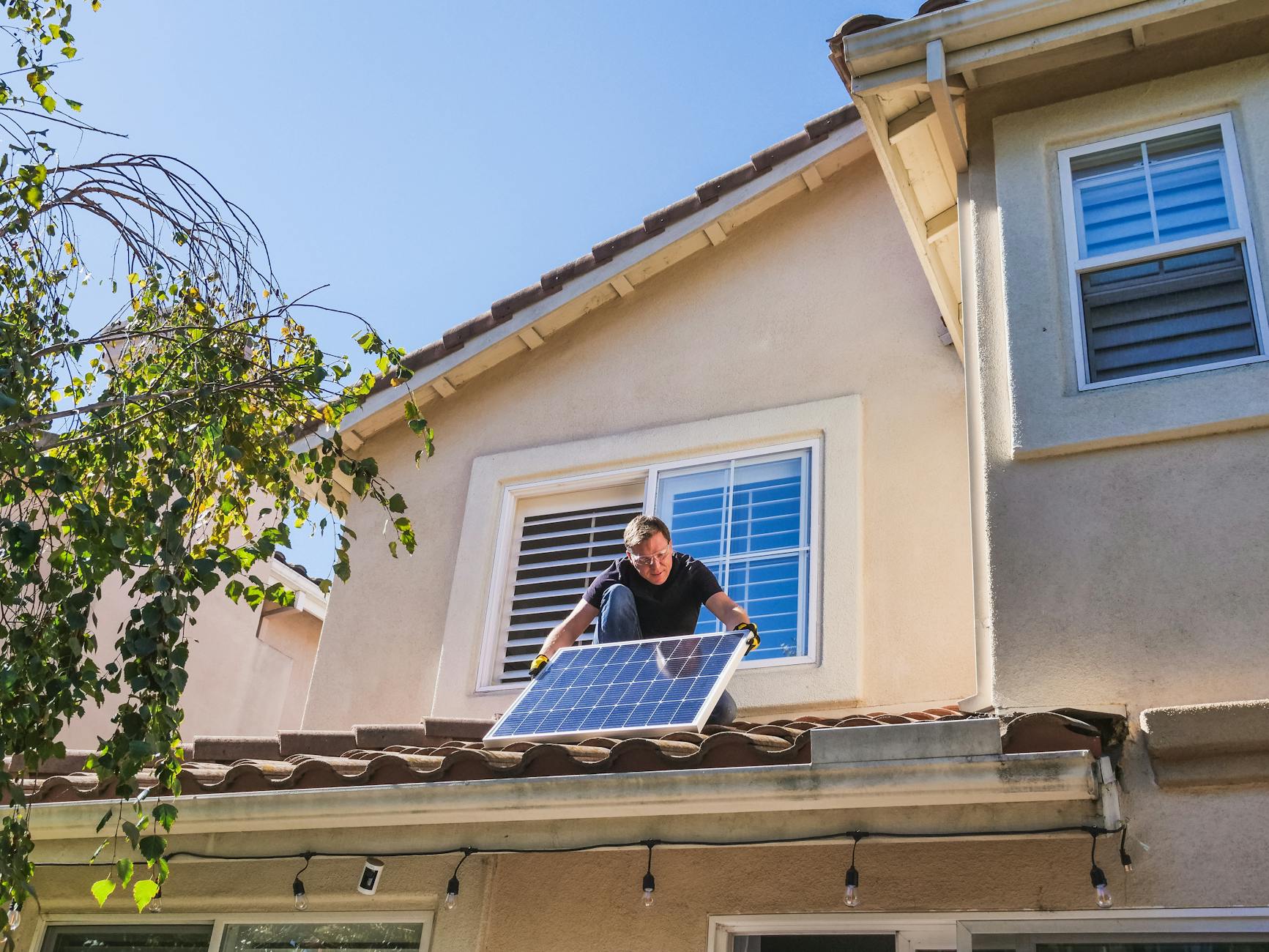Are you tired of risky manual roof inspections that put your safety on the line? here is a guide for the best drones for roof inspections 🏠🔍 Imagine a world where you could assess even the most challenging rooftops with ease, precision, and unparalleled efficiency. Welcome to the future of roof inspections – drone technology.
In recent years, drones have revolutionized the roofing industry, offering a safer, faster, and more cost-effective alternative to traditional inspection methods. But with so many options flooding the market, how do you choose the perfect drone for your specific needs? Whether you’re a seasoned professional or a small business owner looking to up your game, finding the right drone can be a daunting task.
In this comprehensive guide, we’ll explore the best drones for roof inspections, from top-of-the-line professional models to budget-friendly options that won’t break the bank. We’ll also delve into essential accessories to enhance your drone’s capabilities and share tips on maximizing efficiency in your roof inspection process. So, buckle up and get ready to elevate your roofing game – literally! 🚀
Understanding Drone Technology for Roof Inspections

Benefits of using drones for roof inspections
Drones have revolutionized the roofing industry by offering numerous advantages over traditional inspection methods. Here are the key benefits:
- Safety: Eliminates the need for inspectors to climb on roofs
- Efficiency: Covers large areas quickly and thoroughly
- Cost-effective: Reduces labor costs and equipment needs
- Accuracy: Provides high-resolution images and videos for detailed analysis
- Accessibility: Reaches difficult or dangerous areas easily
| Aspect | Traditional Method | Drone Inspection |
|---|---|---|
| Time | Hours or days | Minutes |
| Risk | High | Low |
| Coverage | Limited | Comprehensive |
| Data Collection | Manual | Automated |
Key features to look for in inspection drones
When selecting a drone for roof inspections, consider these essential features:
- High-resolution camera (at least 12MP)
- Thermal imaging capability
- Obstacle avoidance sensors
- Long battery life (20+ minutes flight time)
- Stable flight in windy conditions
- GPS positioning for precise navigation
- Live video feed for real-time inspection
Regulations and certifications for drone use
Before operating a drone for roof inspections, be aware of the following regulations:
- FAA Part 107 certification required for commercial use
- Registration of drones weighing over 0.55 lbs
- Adherence to airspace restrictions and no-fly zones
- Maintaining visual line of sight during operations
- Compliance with privacy laws and property owner consent
Now that we’ve covered the fundamentals of drone technology for roof inspections, let’s explore some of the top drones available for professional use.
Top Drones for Professional Roof Inspections
A. DJI Mavic 2 Pro: High-resolution imaging
The DJI Mavic 2 Pro stands out as a top choice for professional roof inspections due to its exceptional imaging capabilities. Equipped with a Hasselblad L1D-20c camera, this drone captures stunning 20-megapixel photos and 4K videos, ensuring every detail of a roof is captured with clarity.
Key features:
- 1-inch CMOS sensor
- Adjustable aperture (f/2.8 – f/11)
- 10-bit Dlog-M color profile
- Omnidirectional obstacle sensing
B. Autel EVO II Pro: Thermal imaging capabilities
For inspectors needing thermal imaging, the Autel EVO II Pro is an excellent option. Its dual-camera system combines a high-resolution visual camera with a thermal imaging sensor, making it ideal for detecting heat loss and moisture issues in roofs.
Thermal imaging benefits:
- Identify hidden leaks
- Detect insulation problems
- Pinpoint electrical hotspots
- Assess overall roof condition
C. Parrot Anafi USA: Compact and weatherproof design
The Parrot Anafi USA is designed for durability and portability, making it perfect for roof inspections in various weather conditions. Its compact size allows for easy maneuvering around tight spaces and complex roof structures.
| Feature | Benefit |
|---|---|
| IP53 rating | Resistant to dust and light rain |
| 32x zoom | Detailed close-ups without risking drone proximity |
| 4K HDR camera | High-quality imagery in challenging lighting conditions |
| 32-minute flight time | Extended inspection sessions |
D. Yuneec H520: Precise flight control and stability
The Yuneec H520 excels in stability and precision, crucial for thorough roof inspections. Its hexacopter design provides enhanced wind resistance and redundancy, ensuring steady footage even in challenging conditions.
Advanced features:
- DataPilot™ flight planning software
- Interchangeable camera options
- Retractable landing gear for 360° views
- Obstacle avoidance system
Budget-Friendly Options for Small Businesses
DJI Mini 2: Lightweight and portable
The DJI Mini 2 is an excellent choice for small businesses looking for a budget-friendly drone for roof inspections. Weighing just 249 grams, it’s incredibly lightweight and portable, making it easy to transport between job sites.

Despite its small size, the Mini 2 packs impressive features:
- 4K video resolution
- 12MP photos
- 31-minute flight time
- 10km transmission range
Holy Stone HS720E: Affordable 4K option
For businesses seeking a more affordable 4K drone, the Holy Stone HS720E offers great value. This drone provides:
- 4K UHD camera
- 26-minute flight time
- GPS-assisted flight
- Intelligent flight modes
Ruko F11 Pro: Extended flight time for larger roofs
The Ruko F11 Pro stands out for its extended flight time, making it ideal for inspecting larger roofs. Key features include:
- 4K UHD camera
- 30-minute flight time
- 2500mAh intelligent battery
- 5GHz FPV transmission
Here’s a comparison of these budget-friendly options:
| Feature | DJI Mini 2 | Holy Stone HS720E | Ruko F11 Pro |
|---|---|---|---|
| Camera | 4K | 4K | 4K |
| Flight Time | 31 min | 26 min | 30 min |
| Weight | 249g | 495g | 520g |
| Price Range | $$$ | $$ | $$ |
These drones offer excellent value for small businesses, providing professional-grade features at more accessible price points. When choosing, consider your specific needs, such as portability, flight time, and camera quality.
Essential Accessories for Roof Inspection Drones
A. Extra batteries for longer operations
When conducting roof inspections with drones, having extra batteries is crucial for uninterrupted operations. Most professional-grade drones offer flight times between 20-30 minutes, which may not be sufficient for comprehensive inspections of large or complex roofs.
- Benefits of extra batteries:
- Extended flight time
- Continuous inspections
- Increased productivity
B. Specialized cameras and sensors
To maximize the effectiveness of roof inspections, equipping your drone with specialized cameras and sensors is essential. These accessories enhance the quality and depth of data collected during inspections.
| Camera/Sensor Type | Purpose | Key Features |
|---|---|---|
| Thermal camera | Detect heat anomalies | Temperature sensitivity, high resolution |
| High-resolution RGB camera | Detailed visual inspection | 4K+ resolution, zoom capability |
| Multispectral sensor | Identify moisture issues | Multiple spectral bands, specialized software |
C. Protective cases for transportation
Protecting your drone and accessories during transportation is crucial for maintaining their longevity and performance. Invest in high-quality, purpose-built cases designed for your specific drone model.
D. Software for data analysis and reporting
Efficient data analysis and reporting software streamline the post-inspection process, allowing for quick and accurate assessments of roof conditions.
- Key features to look for:
- 3D modeling capabilities
- Automated damage detection
- Customizable reporting templates
- Cloud storage and sharing options
With these essential accessories, roof inspection drones become powerful tools for comprehensive and efficient assessments. Next, we’ll explore strategies for maximizing drone efficiency in roof inspections to further enhance your operations.
Maximizing Drone Efficiency in Roof Inspections
Planning flight paths for comprehensive coverage
To maximize drone efficiency in roof inspections, careful planning of flight paths is crucial. A well-designed flight path ensures complete coverage of the roof and minimizes missed areas. Consider the following strategies:
- Grid pattern: Divide the roof into a grid and fly the drone in parallel lines
- Circular pattern: Ideal for round or irregularly shaped roofs
- Overlap technique: Ensure each pass overlaps by 20-30% for thorough coverage
Here’s a comparison of flight path strategies:
| Strategy | Best for | Pros | Cons |
|---|---|---|---|
| Grid | Rectangular roofs | Systematic coverage | May miss corners |
| Circular | Round roofs | Covers irregular shapes | Can be time-consuming |
| Overlap | All roof types | Thorough coverage | Increases flight time |
Interpreting drone-captured data accurately
Accurate interpretation of drone-captured data is essential for effective roof inspections. Key aspects to focus on include:
- Image resolution analysis
- Thermal imaging interpretation
- 3D modeling for structural assessment
Integrating drone inspections with traditional methods
While drones offer numerous advantages, combining them with traditional inspection methods can yield superior results. Consider:
- Using drones for initial surveys and follow up with manual inspections
- Comparing drone footage with historical inspection data
- Employing drones for hard-to-reach areas while conducting manual inspections for accessible sections
Training and safety protocols for drone operators
Proper training and adherence to safety protocols are paramount for drone operators conducting roof inspections. Essential elements include:
- FAA certification and compliance
- Site-specific safety assessments
- Emergency procedures and contingency planning
By focusing on these aspects, you can significantly enhance the efficiency and effectiveness of drone-based roof inspections.
Selecting the right drone for roof inspections can significantly improve the efficiency and safety of your inspections. From professional-grade models to budget-friendly options, there’s a drone to suit every need and business size. Remember to consider essential accessories and learn how to maximize your drone’s capabilities to get the most out of your investment.
As technology continues to advance, drones are becoming an indispensable tool in the roofing industry. By incorporating drone technology into your inspection process, you can streamline operations, reduce risks, and provide more comprehensive reports to your clients. Whether you’re a seasoned professional or just starting out, embracing drone technology for roof inspections is a smart move that can give your business a competitive edge.
